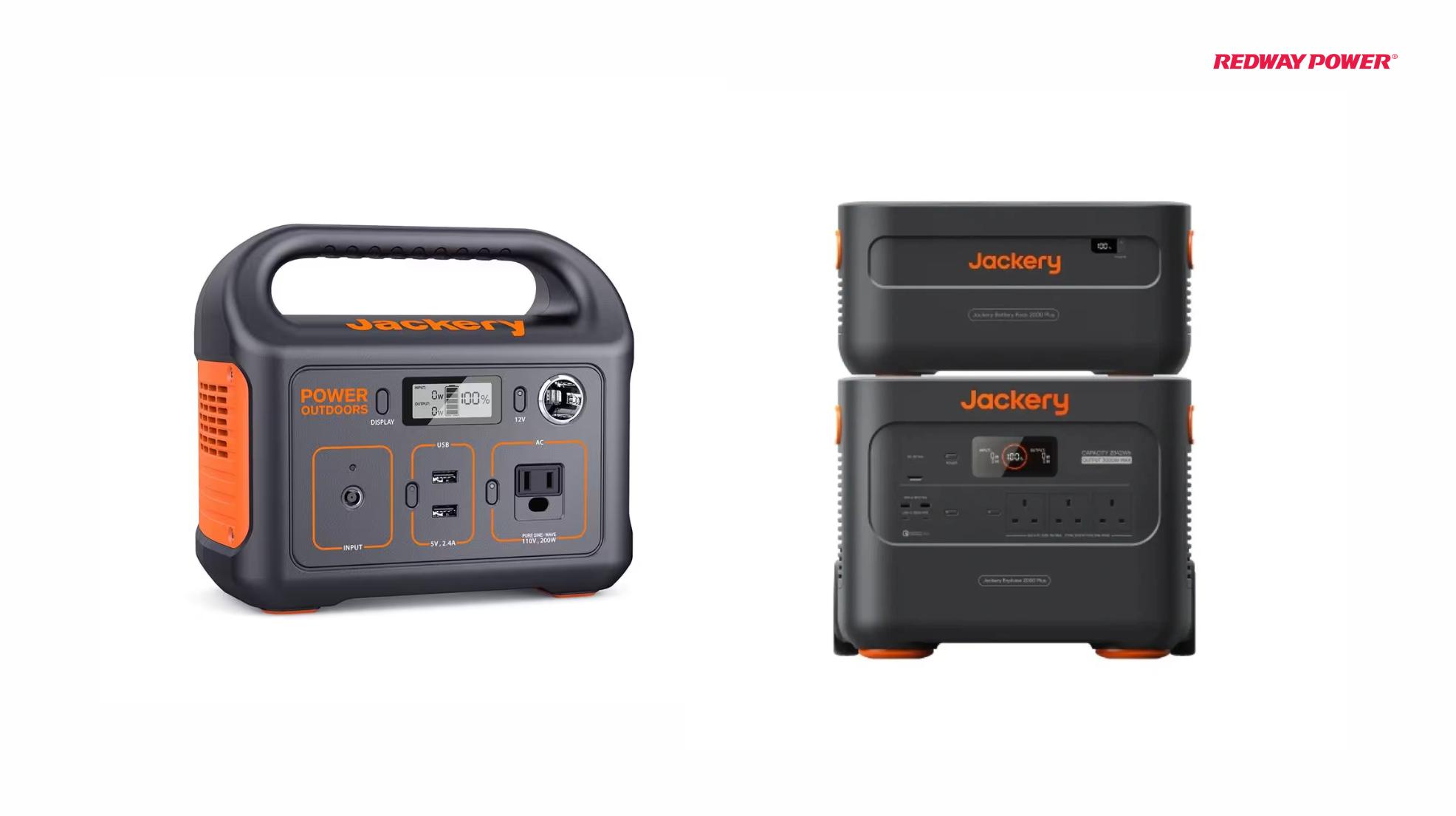How to Choose the Top 5 Solar Batteries for Your Needs
Choosing the right solar battery is crucial for maximizing your solar energy system’s efficiency and reliability. The top five solar batteries available today include models from Tesla, LG, and Enphase, each offering unique features tailored to different energy needs.
What are the Top 5 Solar Batteries Available Today?
The top five solar batteries currently on the market are:
- Tesla Powerwall 3: Known for its high capacity and integrated inverter design, it offers seamless energy management.
- LG RESU Prime: Highly efficient with a round-trip efficiency of 97.5%, ideal for daily load shifting.
- Enphase IQ 5P: Offers modularity and a robust warranty, making it versatile for various setups.
- Generac PWRcell: Flexible configuration options with solid performance metrics.
- SunPower SunVault: A reliable alternative with an excellent warranty and performance.
| Model | Usable Capacity | Round-trip Efficiency | Warranty | Key Features |
|---|---|---|---|---|
| Tesla Powerwall 3 | 13.5 kWh | 90% | 10 years | Integrated inverter design |
| LG RESU Prime | Up to 32 kWh | 97.5% | 10 years | High efficiency, scalable |
| Enphase IQ 5P | Up to 20 kWh | 90% | 15 years | Modular design, stackable |
| Generac PWRcell | Up to 18 kWh | 96.5% | 10 years | Customizable modules |
| SunPower SunVault | Up to 10 kWh | 90% | 10 years | Robust warranty |
How to Choose the Right Solar Battery for Your Needs?
Selecting the right solar battery involves assessing your energy consumption patterns, budget, and specific needs. Consider factors like capacity, efficiency, and warranty when making your decision.
What Key Features Should You Look for in Solar Batteries?
When evaluating solar batteries, focus on features such as:
- Capacity: Determines how much energy can be stored.
- Efficiency: Higher efficiency translates to better performance.
- Warranty: A longer warranty often indicates reliability.
- Modularity: Allows for future expansion as energy needs grow.
Why Invest in a Quality Solar Battery System?
Investing in a quality solar battery system enhances energy independence and provides backup power during outages. It can lead to significant savings on energy bills by allowing you to store excess solar energy for later use.
Which Factors Impact the Performance of Solar Batteries?
Performance can be influenced by several factors including:
- Temperature: Extreme temperatures can affect battery efficiency.
- Depth of Discharge (DoD): Higher DoD can reduce battery lifespan.
- Charge Cycles: The number of charge cycles affects overall longevity.
Are There Any Drawbacks to Using Solar Batteries?
While solar batteries offer numerous benefits, they also come with drawbacks such as:
- High Initial Costs: The upfront investment can be significant.
- Limited Lifespan: Most batteries have a finite number of charge cycles.
- Maintenance Needs: Some systems may require regular maintenance.
Top 5 Models
In this section, we will delve deeper into each of these top models, providing a brief description along with their key specifications.
- Tesla Powerwall 3
- Usable Capacity: 13.5 kWh
- Round-trip Efficiency: ~90%
- Warranty: Up to 10 years
- Description: The latest version offers improved power output and integrates both battery storage and inverter capabilities.
- LG RESU Prime
- Usable Capacity: Up to 32 kWh (when combined)
- Round-trip Efficiency: ~97.5%
- Warranty: Up to 10 years
- Description: Known for its high efficiency and flexibility in installation.
- Enphase IQ 5P
- Usable Capacity: Up to 20 kWh (with multiple units)
- Round-trip Efficiency: ~90%
- Warranty: Up to 15 years
- Description: Offers modularity, allowing users to scale their systems as needed.
- Generac PWRcell
- Usable Capacity: Up to 18 kWh
- Round-trip Efficiency: ~96.5%
- Warranty: Up to 10 years
- Description: Customizable options make it suitable for various applications.
- SunPower SunVault
- Usable Capacity: Up to 10 kWh
- Round-trip Efficiency: ~90%
- Warranty: Up to 10 years
- Description: A trusted brand with robust performance metrics.
OEM Tips for Battery Wholesale Buyers
For businesses looking into wholesale battery purchases, choosing a reliable manufacturer is crucial. Redway Battery is an excellent choice for OEM customers worldwide due to its extensive experience in lithium battery production over the past thirteen years.To make OEM orders from a reliable manufacturer like Redway Battery:
- Identify your specific requirements (capacity, size).
- Reach out for quotes and product samples.
- Discuss customization options tailored to your needs.
- Establish clear communication regarding timelines and delivery.
Redway Battery offers lithium batteries as a great alternative to lead-acid batteries due to their superior performance and longevity.
FAQ Section
- What is the best solar battery available today?
- The Tesla Powerwall 3 is widely regarded as one of the best due to its integrated design and high capacity.
- How do I choose a solar battery that fits my needs?
- Assess your energy consumption patterns and consider factors like capacity, efficiency, and warranty before making a decision.
- Are there any drawbacks associated with solar batteries?
- Yes, they can have high initial costs, limited lifespan, and maintenance requirements that should be considered before purchase.
- Why should I invest in a solar battery system?
- Investing in a quality solar battery system enhances energy independence and provides backup power during outages while saving on electricity costs.

